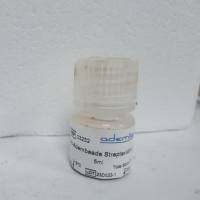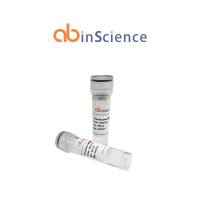Isolation of Covalent Enzyme-DNA Complexes
互联网
652
Topoisomerase enzymes catalyze changes in DNA topology by a concerted breakage and reunion of the DNA phosphodiester backbone (1 ,2 ). This process occurs via sequential transesterification reactions involving a tyrosyl hydroxyl group present in the active site of the enzyme. A novel aspect of the breakagereunion reaction is the the formation of a transient covalent O 4 -phosphotyrosyl bond between the topoisomerase protein and a phosphate residue present at the break site in the DNA. This covalent complex can be irreversibly trapped by treatment with strong protein denaturants, such as sodium dodecyl sulfate (SDS) or alkali. Type II topoisomerases (i.e., bacterial gyrase and topoisomerase IV, bacteriophage T4 topoisomerase II, African swine fever virus topoisomerase, and eukaryotic topoisomerase II) and the type I-5’-topoisomerases (i.e., bacterial topoisomerases I and III, archaebacterial reverse gyrase, and yeast topoisomerase III) have been shown to form a covalent phosphotyrosine linkage with the 5′-ends of the cleaved strands of DNA (2 ). In contrast, cleavage of DNA by the type I–3′-enzymes (i.e., eukaryotic topoisomerase I, DNA topoisomerase V, and vaccinia, variola, and Shope fibroma viral topoisomerases) results in the formation of a phosphotyrosine bond involving the 3′-ends of the broken strands of DNA.









